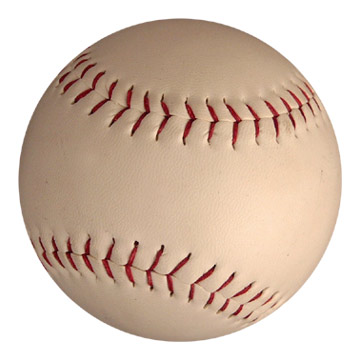>> Internet Search Results
Choking Hazards | Infant and Toddler Nutrition | CDC
Choking prevention The way food is prepared may increase the risk of choking. For example, some foods served uncooked, whole, or in certain shapes or sizes can be choking hazards. Cutting food into smaller pieces and mashing foods can help prevent choking. Ways to help prevent your child from choking Foods and preparation Cook and prepare food to the right shape, size, and texture for your ...
Positive Parenting Tips: Preschoolers (3–5 years old)
Provide your child with age-appropriate play equipment, like balls and plastic bats, but let your preschooler choose what to play. This makes moving and being active fun for your preschooler. Make sure your child gets the recommended amount of sleep each night: 10–13 hours per 24 hours (including naps) for preschoolers 3–5 years old.
How to Prevent Pink Eye | Conjunctivitis (Pink Eye) | CDC
Throw away cotton balls after use. Wash used washcloths with hot water and detergent, then wash your hands again with soap and warm water. Do not use the same eye drop bottle for your infected and non-infected eyes. Clean eyeglasses, being careful not to contaminate shared items like hand towels. Use and clean contact lenses properly
Anophthalmia/Microphthalmia | Birth Defects | CDC
Anophthalmia (an-off-thal-mia) and microphthalmia (mic-roff-thal-mia) are birth defects of a baby’s eye (s). Anophthalmia and microphthalmia often result in blindness or limited vision. Researchers estimate that 1 in every 5,100 babies has anophthalmia or microphthalmia at birth in the United States.
Illness Associated with Exposure to Naphthalene in Mothballs -- Indiana
An investigation of the home by the health department identified large numbers of mothballs (approximately 300-500) distributed throughout the apartment in such places as the kitchen and living room. The woman said members of her family had used mothballs for many years to curb odors and to control insects. Air samples collected in the apartment on charcoal and analyzed by gas chromatography ...
Recess | Physical Education and Physical Activity | CDC
Recess encourages students to be physically active with their peers. Recess benefits a student's mental, emotional, and physical well-being. National guidance offers strategies and resources to improve recess.
Epididymitis - STI Treatment Guidelines
Acute epididymitis is a clinical syndrome causing pain, swelling, and inflammation of the epididymis and lasting <6 weeks (1191). Sometimes a testicle is also involved, a condition referred to as epididymo-orchitis. A high index of suspicion for spermatic cord (testicular) torsion should be maintained among men who have a sudden onset of symptoms associated with epididymitis because this ...
Symptoms of Prostate Cancer | Prostate Cancer | CDC
Common symptoms for prostate cancer.Different people have different symptoms for prostate cancer. Most men do not have symptoms at all.
Recommended Actions Based on Blood Lead Level
At a glance CDC recommends testing blood for lead exposure. A patient’s blood lead level (BLL) is measured in micrograms of lead per deciliter of blood (μg/dL). Healthcare providers should follow recommendations based on initial screening capillary and confirmed venous BLLs. Learn more about the recommended actions after a blood lead level test.
About Pubic "Crab" Lice | Lice | CDC
Pubic lice, also known as "crab" lice, are parasitic insects found in the pubic or genital area.
>
 1000s of New Jobs
1000s of New Jobs


